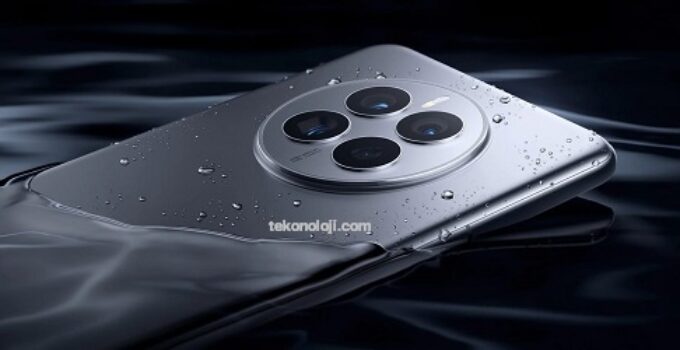Huawei Mate 50 Pro review: Smartphone photography on a new level. A new high-end smartphone has arrived on the Italian market: its name is Huawei Mate 50 Pro and it brings with it a respectable technological innovation in the photographic sector. In short, the Chinese company does not give up but rather continues to relaunch with new products and, where it can, to raise the bar to prevaricate on the competition. Let’s find out more in this review.
iCloud for Windows users complain about corrupted videos and other people’s photos
Huawei Mate 50 pro unboxing
The Huawei Mate 50 Pro package is rich and includes, in addition to the smartphone, the 66W charger, the charging and file transfer cable and a transparent soft rubber case.
Design & Ergonomics
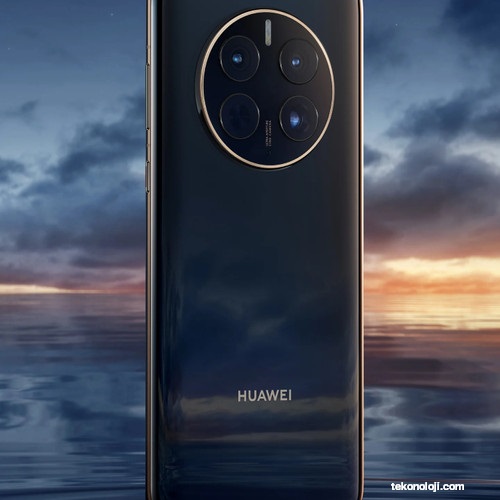
The Huawei Mate 50 Pro is in all respects a Mate-style smartphone complete with particularly high-end hardware features. The back is in glass, available in black mirrored or gray, on the front instead the display is rounded at the edges with an upper interruption by a notch less often than usual but still present. Here the front camera and the 3D face unlock sensor are integrated which, together with the fingerprint sensor under the display, underline the product’s top-of-the-range caliber.
The weight is on the borderline, around 200 grams, and all in all it’s a smartphone that can be used pleasantly even with one hand even if the dimensions are generous.
It is IP68 certified, therefore resistant to water and dust.
Functionality
The operating system is EMUI 13 with integrated Huawei Mobile Services or various pre-installed applications and services such as Huawei Health, Huawei Cloud, the Browser, Petal apps to enrich the user experience.
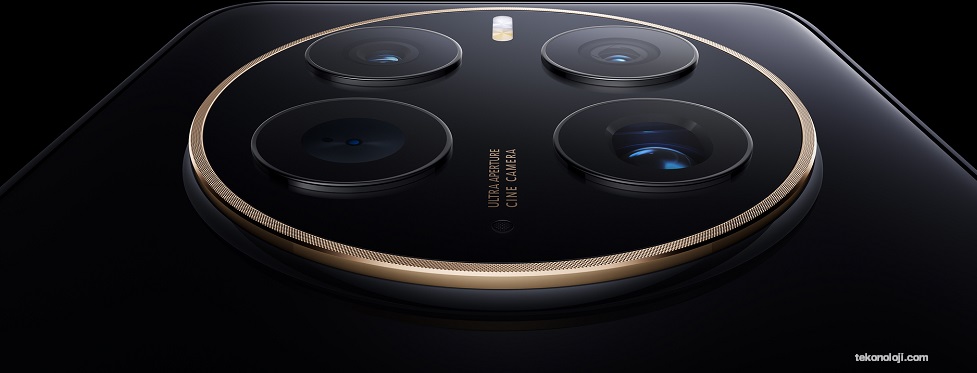
The application store is called AppGallery and is filling up more and more with applications such as Revolut, Intesa Sanpaolo, Mediaset Infinity, RaiPlay, NOW but also with games such as Dragon Trail.
The important thing to know is that if the application you are interested in is not present here, you can always search for it and download it from the web via Petal Search which ensures its correct functioning. Petal Search then has the ambition, largely succeeding, of being a global search engine to which you can ask anything, if it doesn’t have the answer, it will do an online search for you.
For navigation, how can we fail to mention Petal Maps which has nothing to envy to other map apps, offering a decidedly complete and practical geo-location and navigation suite with lots of nearby places, intelligent directions, and map information such as even traffic lights.
Are social applications and the most popular video platforms available though? The answer is no. You can’t find them on the AppGallery but as mentioned you can rely on the Petal Search search engine which identifies them for you and guarantees their correct functioning. However, you can check the presence of your favorite applications on the store on the AppGallery site.
EMUI 13 for the rest is a fluid and responsive software, graphically it changes little but there are some very pleasant interesting all-encompassing themes that offer a sort of continuity of animation from the always on display to the background of the homescreen. There are popup widgets on the icons that you can then fix on the homescreen and there is also a news feed on the left of the home screen.
Interested news the SuperHub or the possibility of temporarily storing images, documents and texts and sharing them in a single group of files, with simple and free transfers between apps and devices. A feature as simple as it is practical.
As for the security patches, which are updated to October 2022, that’s fine.
Performance
The screen is 6.74-inch OLED with 120 Hz high quality refresh rate with a natural and realistic color rendering, the processor instead is the Snapdragon 8+ Gen1 flanked by 8 GB of RAM and 256 GB of internal memory expandable via nano memory card.
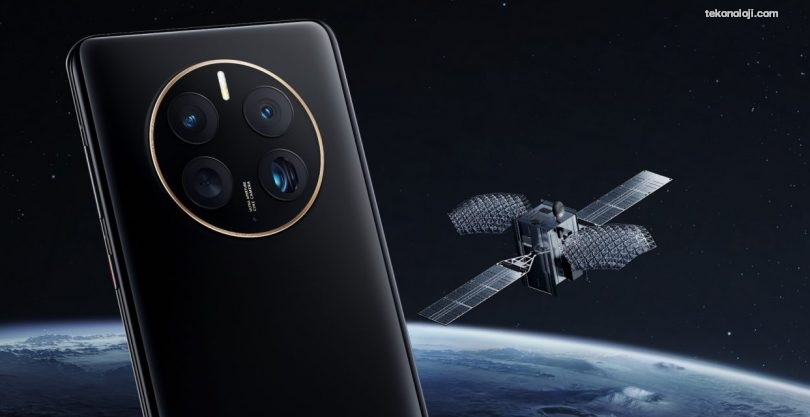
On the lower part there is the Type-C connector which also supports video output while above there is the infrared transmitter to control other devices. It features WiFi 6, Bluetooth 5.2 and NFC connectivity which can be used for mobile payments via the Huawei Pay service (compatible with Banca Intesa SanPaolo / Bancomat Pay) or Curve.
Camera
Conceptually, the technological novelty of the Huawei Mate 50 Pro is the 10-stop continuous variable diaphragm, a mobile part that is typically present in cameras and that the company has managed to miniaturize above the smartphone’s main photographic sensor.
Before her, Samsung did something similar on the Galaxy S9 Plus but, while the Korean company has not achieved great results and above all has no longer followed this path, here the difference in use is tangible.
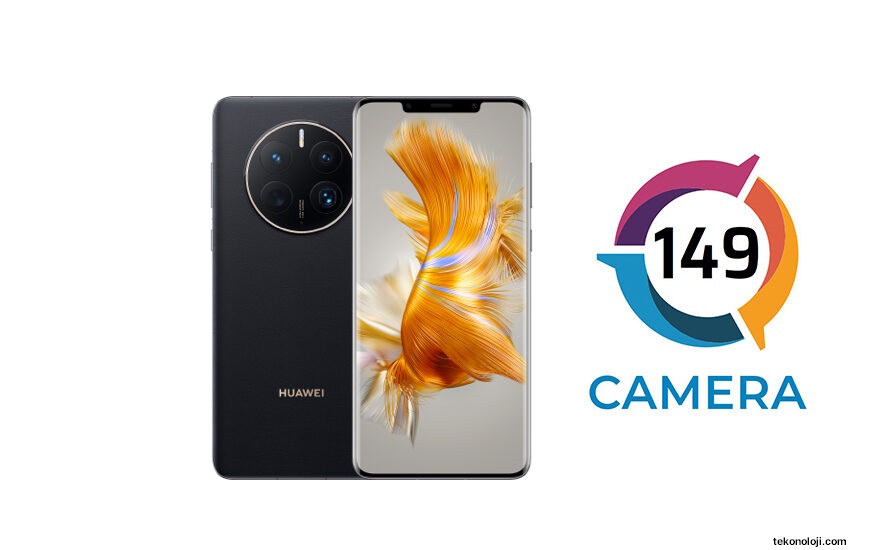
The advantage in photography is that by changing the aperture we have more control over the famous bokeh effect (real and not simulated by the smartphone) of the photo so as to make it more incisive, beautiful and captivating according to the situation.
To do this, Huawei has therefore placed 6 blades above the main photographic sensor that close and open from f/1.4 (maximum aperture) up to f/4.0 (maximum closure) with a total of 10 levels. To make a comparison, the Galaxy S9 could shoot either at f/1.5 or at f/2.4, lower values and above all only these 2. In short, Huawei’s technological effort has been decidedly greater and this is a good thing to push innovation forward once again and offer interesting features never seen in the smartphone market.
So how does the HUAWEI Mate 50 Pro shoot?
Very good, the results are first class and you can see it in the gallery below. In some situations even better than the Pixel 7 Pro, Galaxy S22 Ultra and iPhone 14 Pro which are the reference in 2022. In fact, Huawei takes back what it was in the past with the introduction of the brand new proprietary XMAGE system, which is one of the brands that does best in the photographic field.
The winning recipe is obviously made up of high-end hardware and perfectly calibrated software. The main sensor is a 50 MP, f/1.4-f/4.0, 24mm (wide) stabilized XMAGE, a second sensor is a 64 MP, f/3.5, optically stabilized 3.5x telephoto, 3.5-10x hybrid with no loss of detail and up to 100x digital, and 13 MP ultra-wide angle with 120° field of view. The variation of the aperture occurs automatically according to the situation but it can also be managed manually in the PRO and Aperture mode, undoubtedly offering an extra advantage to those who love photography.
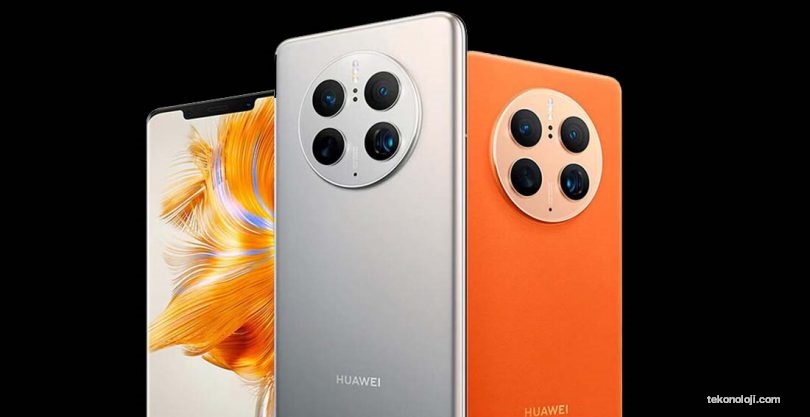
In general it is really difficult to come up with an unconvincing shot, even at night where Huawei in fact evidently recovered everything it had initially lost with the loss of the Kirin processors. In fact, post-production intervention is important but always aimed at optimizing HDR and balancing photography with an excellent result.
The portraits and selfies are also very good, while the videos are good, which should only improve in the fluidity of the zoom. However, it can record up to 4K resolution at 60 fps and in all resolutions it can switch from one photographic sensor to another during recording.
Battery & Autonomy
The Huawei Mate 50 Pro has a 4700 mAh battery with 66W wired fast charging (from 0% to 100% in about 40 minutes) and 50W wireless charging. A more than satisfactory battery probably thanks to the low-energy software. You can easily do 6 hours of screen on during the working day.
However, if you manage to arrive in the evening with only 1% of battery, the Emergency Mode intervenes which guarantees you 12 minutes of call or 3 hours of use in stand-by.
In conclusion
HUAWEI Mate 50 Pro has character, has innovation and is a technologically more than current smartphone. However, all this does not go beyond the classic discourse: you must be aware of Huawei’s situation, the limitations with some applications but also the commitment that the company is putting into solving all the gaps. In short, Huawei does not give up and shows its teeth with this smartphone.
